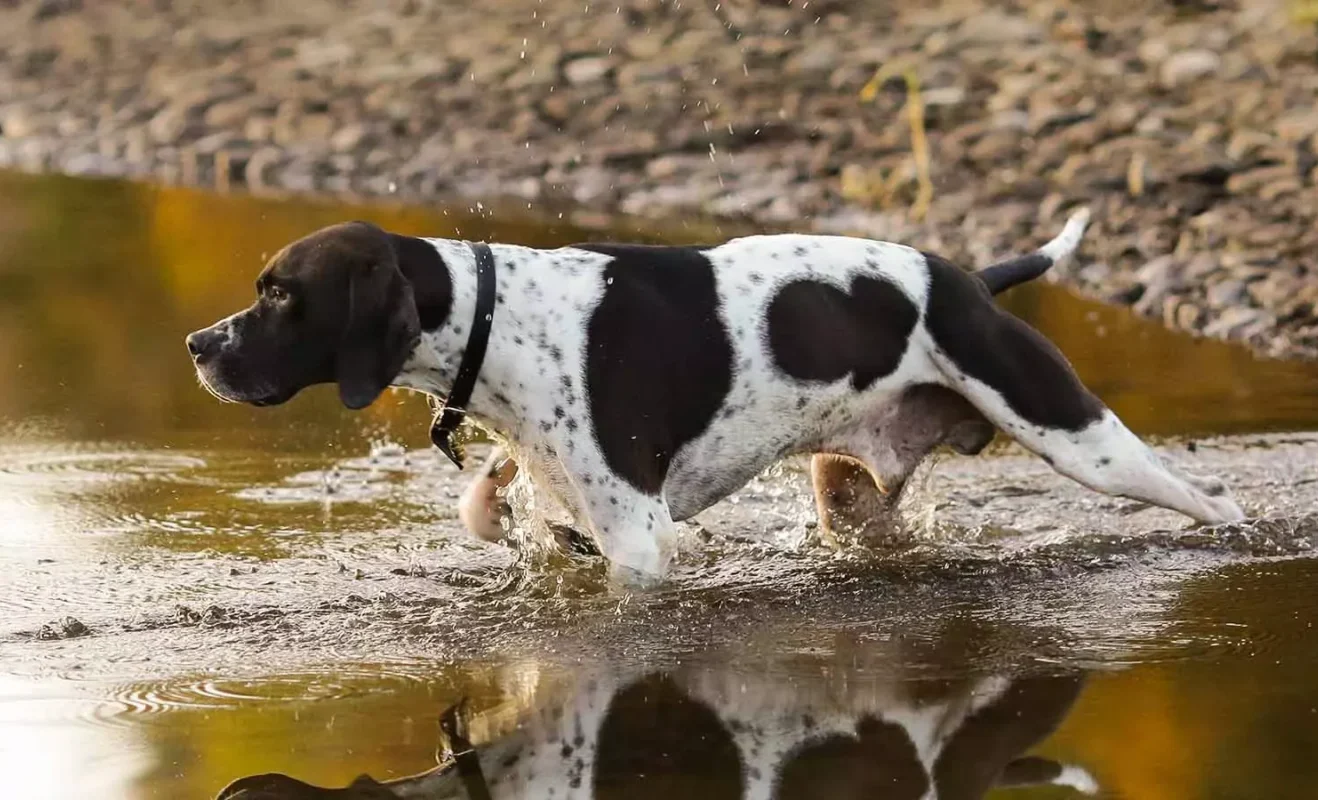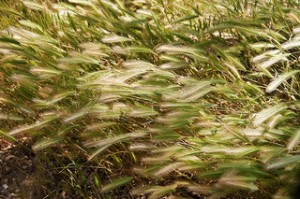
Doggie Business - Nominated Best San Francisco Dog Walker!
The San Francisco Dog Walker
Janet Slissman · ·

Janet Slissman · ·
DNA technology has become an extremely important tool for veterinarians in keeping your pet healthy. Many diseases are related to a dog’s genetic make-up. Knowing your mix’s genetic predisposition can help your vet anticipate problems, such as hip dysplasia, so they can provide early diagnosis or preventive care. Knowing the DNA can also help the vet when prescribing medications. Some breeds are allergic to common medications and so this knowledge can help your vet avoid any mishaps.
The accuracy of dog DNA tests can vary based on the testing company and the genetic markers used. Generally, reputable companies claim a high accuracy rate in breed identification, often around 90-95%
Top pick: Wisdom Panel Essential Dog DNA Collection Kit, which provides comprehensive results with robust explanatory information, all in just three weeks. If you have a purebred dog, Embark’s DNA Test for Purebred Dogs, Health & Ancestry Kit, can give you beneficial information regarding their genetic diversity.
Best for Inherited Traits: Ancestry Know Your Pet Dog DNA Test Kit
Best for Health Screening: Embark Breed & Health Dog DNA Test
Best for Breed Identification: Wisdom Panel Breed Dog DNA Collection Kit
Janet Slissman · ·

This potentially fatal bacteria is spread through the urine of infected animals, particularly wildlife like raccoons, skunks and coyotes. If excreted in standing water, it can live for weeks if not months, infecting dogs and other animals tramping through or drinking from puddles. This year’s marked increase in leptospirosis cases is likely due to the mud and puddles left by the rains.
When the disease is caught in time, most studies show a 75 percent survival rate. Unfortunately, the initial symptoms can be hard to recognize. Symptoms are often non-specific and variable, and can include lethargy, decreased appetite, increased drinking and/or urination, vomiting or diarrhea.
Leptospirosis is preventable: the canine DHLPP vaccine protects against the bacteria, as well as against distemper, hepatitis, parvovirus and parainfluenza. Though the vaccine is not 100 percent effective, it is a dog’s best defense.
If your dog seems to be under the weather, “it is important to bring up to your veterinarian that your dog is out at the park or swims a lot, as these lifestyle components increase exposure to leptospirosis.
The DHLPP vaccination is available at any veterinary office.
Janet Slissman · ·

Veterinary Orthopedic Manipulation is a healing technology that locates areas of the animals nervous system that has fallen out of communication, and re-establishes neuronal communication and thus induces healing. VOM is singularly the most simple, effective and safe healing modality in veterinary care to date. VOM exists in a gray area between both professions (Veterinary and Chiropractic) and benefits from the positive aspects of both, a hybrid, and thus more effective than either by themselves. VOM is not animal chiropractic care. You may see a response while your pet is on the examination table. It can be that fast. An experienced Vet may have treated cases who haven’t walked for weeks, given up for dead, with one adjustment thrust and pet stands and walks about the exam room!
VOM is performed by Michael Schneider, who is also a human chiropractor in San Francisco. For a relatively small sum of money, he will come to your house and do a series of procedures on your dog, if you are unable to go to him. My client’s dog is not only standing, but she is running around and not falling down! She is back on her daily walks and is happy and feeling good. Find out more about Michael Schneider and VOM call him directly at 415-292-7878. This is completely awesome!
Janet Slissman · ·
Tips from a San Francisco Dog Walker- Costly Foxtails
All Dog Walkers should tell you the faster you get the dog to the vet, the less it will probably cost to get the foxtail removed.
So, as soon as you dog shows symptoms, such as shaking head or holding head to the side, or licking paws flapping ears or sneezing violently, run, don’t walk him to your vet. If the vet does not have to put the dog under to retrieve the foxtail, the cost may be around $150 for removal. However if you wait a day or two before taking the dog to the vet, the foxtail will travel further up the canal and the cost jumps up around $500 – $1,000 because it now has to be surgically removed. If the foxtail causes an infection because you waited too long, the trip to the vet could run you at least $1,000.00 to $2,000.00! Not removing the foxtail is very dangerous and can be life threatening to the dog because the foxtail penetrates the skin and moves through the bloodstream towards the heart or brain.
San Francisco Dog Walkers should always tell their clients to check for foxtails during the spring and summer months following hikes. Foxtails come from the grasses and are in all of the parks in San Francisco. When pulled apart, the are little arrow shaped pointed stickers that it can burrow into your dogs’ paws, ears, nose, eyes and fur coat.
ON A DAILY BASIS, during foxtail season (when grasses are dry) it is VERY important to check between your dogs’ toes (look up into the cavity of each toe and feel around in there); and to thoroughly feel around in the dog’s fur for foxtails. I try my best to remove the foxtails I find on the dogs after the walk, but it is always good for the owner to also check, as foxtails can and often are, missed.
If your dog begins sneezing violently, even if they stop for a day or two, they most likely have a foxtail in their nose. The worst places to get foxtails are in the ears, eyes and noses because it is very difficult to find and remove them, once they enter these areas on your dog.

■ Keep your pet’s fur coat super short during Spring, Summer and Fall months in San Francisco, especially between the toes and around the ears.
■ Long-haired dogs are most prone to having foxtails attach to their fur and embed in the skin. Keep those feet and legs short!
■ Avoid walking your dog in areas where dry grass is prevalent. Take your dog to concrete paths or parks that do not have foxtails. (easier said than done, lol)
■ Prime areas for foxtails to penetrate the skin of an animal are between the toes, in and around the ears, nose, armpits and genitalia. Animals with foxtails under the skin are often licking the affected area where a red bump may be seen. Don’t ignore your dog if they are licking a spot!
■ When returning home from a walk or hike in an area that has foxtails, examine your dog thoroughly and remove any foxtails you might find before they have a chance to burrow into the skin. Also look for and remove burrs at the same time, for your dog’s comfort.




